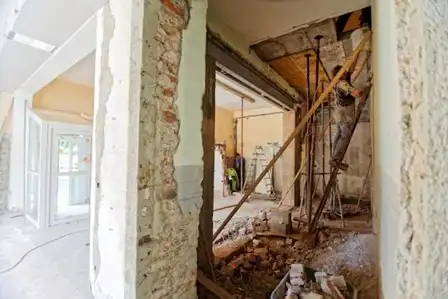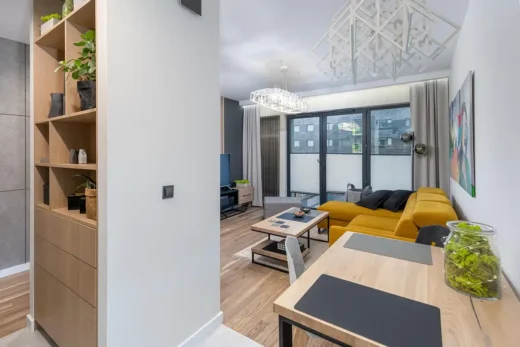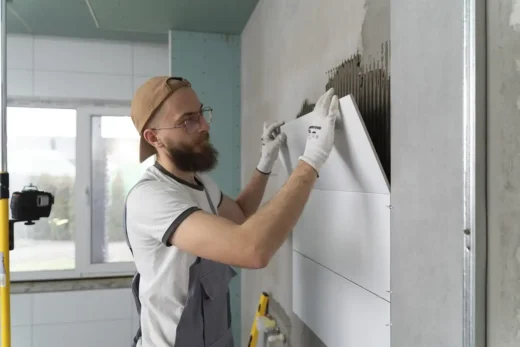Should you renovate or sell as-is, Home renovation planning, House transforming space, Property renewal refurb design
Should You Renovate or Sell As-Is Guide
10 June 2025
Should You Renovate or Sell As-Is? A Practical Guide for Homeowners
Facing a property that needs attention while considering a move presents a genuine dilemma. You’re standing at a crossroads; invest time and money on improvements, or market your house in its current condition?
Many homeowners believe renovations will yield higher returns. New paintwork, updated fixtures, or kitchen modernisations might boost your final price. Others prioritise a straightforward, swift transaction, accepting a potentially lower offer in exchange for simplicity. Neither approach is inherently wrong, though one typically suits your circumstances better than the other.
Several factors warrant consideration: the property’s current state, your timeframe, available budget, and market demand in your area. What works brilliantly for your neighbour might be less effective for your situation.
If you’re uncertain about which direction to take, continue reading. This guide aims to help you evaluate options methodically to determine the most sensible approach for your property and circumstances.
Could Your Home Sell Without Any Fixes?
If your place is generally in good shape and there are no big issues to worry about, you might not need to do much before putting it on the market. A lot of buyers are fine with a few scuffed walls or tired fittings if the structure is solid. But bigger problems, like cracks in the walls, outdated electrics or signs of damp, can make people hesitate or offer less.
It’s worth taking a slow walk through your home with a critical eye. Look at the ceilings, plumbing, wiring and foundations. If anything looks damaged or unstable, you’ll want to factor that into your decision. Even small things, like a shaky gate or a loose handrail, can suggest the place hasn’t been maintained.
The good news is, you can deal with quite a few of these bits yourself. Tightening loose screws, swapping out worn fittings, or reinforcing fixtures can help the house feel more finished. Using the right type of bolts makes a difference here, jobs look neater, and the results tend to last longer. These small updates can give buyers more confidence, especially during viewings and surveys.
Can Quick Repairs Help Your Property Stand Out?
A handful of simple updates can really lift the way your home comes across. Things like resealing tiles, fitting new cupboard handles, or swapping out old taps don’t cost much but can make the space feel fresher.
Try to spot the most noticeable things, scratches, broken bits, or anything that looks half-finished. These are often the first things buyers pick up on. The kind of hardware you use matters more than you might think, too. Choosing the right bolt head types, for example, can give a cleaner finish and show a bit of care has gone into the work.
Not sure which fittings go where? For a detailed guide on what to use around the house, click here. It explains the different type of bolts and nuts, so you can pick what works best and avoid guesswork.
You don’t need to fix every corner. Focus on the key rooms, like the entrance, bathroom and kitchen, since those usually leave the biggest impression.
Are You Risking Excessive Investment Relative to Returns?
A significant concern involves spending that exceeds potential value increases. Home improvements can prove costly, and returns aren’t guaranteed. Properties in lower-value neighbourhoods or areas where location drives purchasing decisions might not benefit proportionally from even quality upgrades.
Establish clear financial boundaries. Avoid improvements based solely on personal preferences. Premium worktops, designer fittings, or luxury flooring might appeal narrowly rather than universally. Conversely, addressing practical concerns, uneven floors, ill-fitting doors, or damaged skirting boards, creates consistency throughout your property that appeals broadly.
Some improvements carry greater weight with buyers than others. Effective lighting, neutral decoration, and reliable security features typically yield stronger impact than extensive installations. Carefully weigh effort and expense against potential influence on purchase decisions.
Market conditions fluctuate seasonally in most regions. Spring typically brings heightened buyer activity, while winter months often see reduced viewings. Your improvement decisions should account for when you’ll likely list your property.
Do You Need a Quick Sale or Wish to Avoid Renovation Hassle?
When timing represents your primary consideration, extensive renovations may prove impractical. Planning processes, materials procurement, and contractor scheduling all consume valuable time. Unexpected complications frequently extend timelines by weeks or longer. Under pressure to relocate quickly, listing your property in its current state often proves more realistic.
Selling without renovations doesn’t mean neglecting preparation entirely. Professional cleaning, addressing obvious hazards, and providing transparent property information remain essential. Many buyers arrive prepared to undertake improvements themselves if pricing reflects the property’s condition accurately.
You might specifically target investment buyers or renovation enthusiasts. These purchaser categories anticipate imperfections and typically maintain separate improvement budgets. Provided your property remains safe and appropriately priced, completing a straightforward transaction remains entirely feasible.
The current mortgage environment affects buyer capacity for post-purchase improvements. During periods of higher interest rates, purchasers often have less financial flexibility for immediate renovations. Consider this economic reality when deciding your approach.
Does Your Local Market Support Selling Without Renovations?
Local market conditions significantly influence renovation requirements. During high-demand periods, purchasers face limited options and may overlook cosmetic shortcomings. If properties in your area sell quickly without significant improvements, yours likely will too.
Research recent listings within your postcode carefully. Compare property features, market duration, and achieved prices. When similarly unimproved properties are sold rapidly, extensive work likely represents unnecessary expense. However, in competitive markets, even minor defects can become negotiation leverage.
When competition intensifies, modest updates help distinguish your property. Consider clean flooring, functioning light fixtures, and properly operating doors. These relatively low-cost improvements often elevate your property above similar listings in buyers’ considerations.
Property market conditions vary between different housing types even within the same area. Flats, terraced houses, and detached properties often experience different demand patterns. Research specifically within your property category for the most relevant insights.
Do You Possess the Skills or Support for Renovation Work?
DIY approaches suit some homeowners better than others. Small projects often appear manageable initially before revealing unexpected complications. Understanding your capabilities helps avoid unnecessary stress, property damage, or excessive spending.
Assess your comfort level with tools and available time realistically. Common tasks like replacing fixtures, adjusting doors, or repairing leaks might require specialised tools you don’t currently own. Even outdoor maintenance frequently necessitates specific knowledge regarding appropriate fixings and materials.
Professional assistance typically provides better outcomes for those with limited availability or minimal experience. However, skilled labour costs accumulate rapidly, particularly when multiple trades become necessary. When labour expenses exceed potential value increases, selling without renovations often represents the more financially sound decision.
Ready To Make the Right Choice?
Property sales represent significant transactions, and no universal formula guarantees optimal results. Consider your priorities carefully. If achieving maximum value remains paramount and you can manage the work effectively, targeted improvements may help your property stand out advantageously. When time constraints apply or your property presents reasonably well already, a well-prepared but unmodified listing might prove equally effective.
Remember that the property market follows cycles influenced by broader economic conditions. Sometimes, timing your sale appropriately proves more influential than property condition in achieving satisfactory results. Weigh all factors methodically before committing to either approach.
Comments on guide to should you renovate or sell as-is planning – transforming space in a property article are welcome.
Building Articles
Residential Architecture

Photo by Milivoj Kuhar on Unsplash
Real Estate Agents
Real Estate Agent Posts
What is a realtor vs. Real estate agent

6 major pitfalls to avoid by using a real estate agent
5 signs that you hired the wrong real estate agent
Comments / photos for the Should you renovate or sell as-is page welcome.







